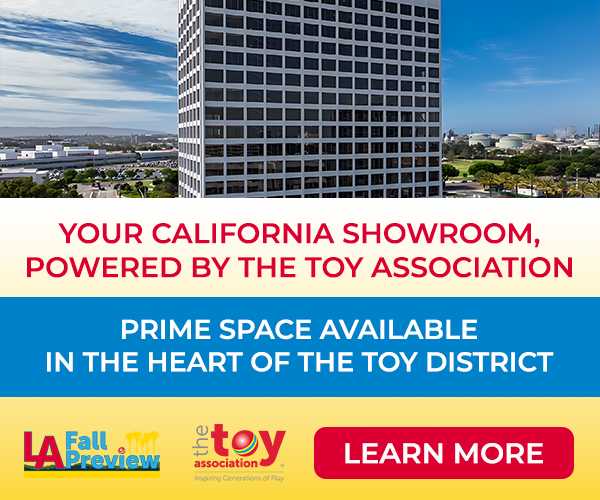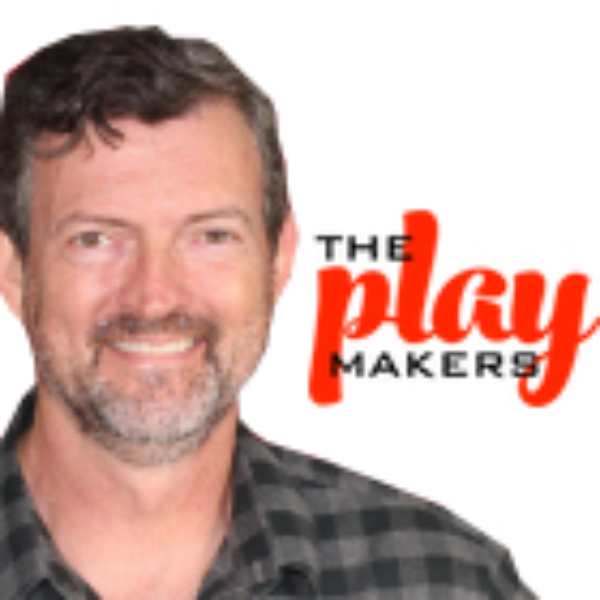TOMY's Design Director Erez Bar Am: Always in Start-Up Mode
by TOMY | 25 Jan 2023
Biographies and Interviews
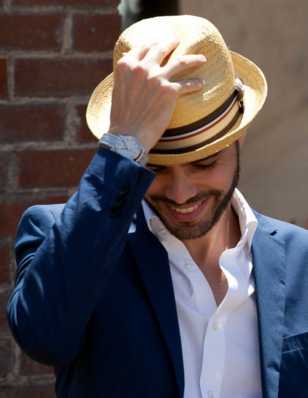

You started your career in Israel, where you grew up. Tell us about that.
My industrial design career actually started in Germany, where I worked for a studio that specialized in furniture, home décor and appliances. Designing for the European market is very different than designing for the American market, especially when it comes to furniture and toys. My time in Germany was a real eye opener for me. When I came back to Israel, my perspective on design changed a bit from what it was before I went to Germany.
Growing up in a country like Israel, with limited resources--and at that time, limited exposure to the world--meant that people in my country had to make do with what they had available. A mentality of improvisation and the ambition to thrive helped Israel become an innovation-led nation.”
Most Israelis you’ll meet are like the TV show character, MacGyver. They adapt to what’s around them to solve problems in a creative way. Problem-solving is a big part of our identity. When I went to Israel from Germany, I started working in design and quickly moved into working for a VC company that invested in early start-ups. It was a very busy time, but I loved it! I worked on developing products that used cutting edge technologies and incorporated user-centric design.
The start-up culture seems to suit you. How does it help you as a designer?
Start-up culture is in my blood. I love the fast pace, adaptability, problem-solving, and the goal of leading markets to change the world for the better. This personal preference is very aligned to TOMY’s mission, which is to make the world smile, innovate, and create magic for children and parents everywhere. They want you to be an entrepreneur to fulfill that mission.
What are you working on for TOMY?
I oversee design, engineering, and packaging for TOMY's parents, infant and toddler brands; The First Years, boon and JJ Cole. We have an amazing team, a very creative group of people with one goal; to create products that are easy to use, bring something new to the world, and help parents and children navigate the journey of growing up. The teams are currently working very hard to push the envelope and bring more innovation. We are very energized to see new ideas forming, ideas for products that we hope will lead the market.
What brought you to the U.S.?
The desire to create meaningful experiences for children. After years in the start-up world, an opportunity presented itself to work in the toy industry in Israel. I decided to go for it as this type of opportunity is very rare, and it was always my dream. At that time, my wife, who is also an industrial designer, worked in the fashion industry. But her dream was to design toys. The desire to create meaningful experiences for children, together with her goal to design toys, were our main motivators to move thousands of miles across the ocean -- away from everything we knew -- to come to the States and fulfill our dreams.
How did you get interested in design?
My father was an engineer, and my mother was an artist. I have fond memories of spending time with my father in his workshop and sitting in the sun with my mother as she worked on sculptures. I wasn’t aware you could study design. The first time I heard about industrial design was when I was traveling in the Far East. While having dinner, my group started a conversation with a group sitting at the table next to us. We had a lot of very interesting discussions, and it went on all night until the restaurant closed! One of the topics was, what’s next?
At the early age of two or three, I was disassembling things to figure out how they work. I remember getting a winding Mickey Mouse clock and opening it up to change it so that it was easier to wind. I was always doing those kinds of “improvements” or “hacks” to my toys, my bike or pretty much anything that was mine. At the time, my plan was to continue studying engineering, but based on our conversation that night, and my need to improve the experience or interface with products, one of the people at the neighboring table suggested I check out the newly formed industrial design program at Shenkar College of Engineering and Design. He said that the program would allow me to do just that.
You have said that toy design is special and that you aren't just designing a product but a memory. Elaborate, please.
Anything we engage with creates an experience for us. That experience forms a memory. Sometimes, it’s a happy one. Toys and products for children in all stages are unique. Children experience the world differently, most of their experiences are a first for them and most of the products they are exposed to create some kind of lasting memory. So to make happy memories is amazing.
Parents use products and toys to develop their children, teach them, help them with new emotional challenges. This makes toy design special as we are not only designing a toy to entertain, but every toy has a role in shaping or influencing that child. How many of us can recall a special doll or toy they had growing up? Toys connect with children on an emotional level, and as designers we always need to have that in mind.
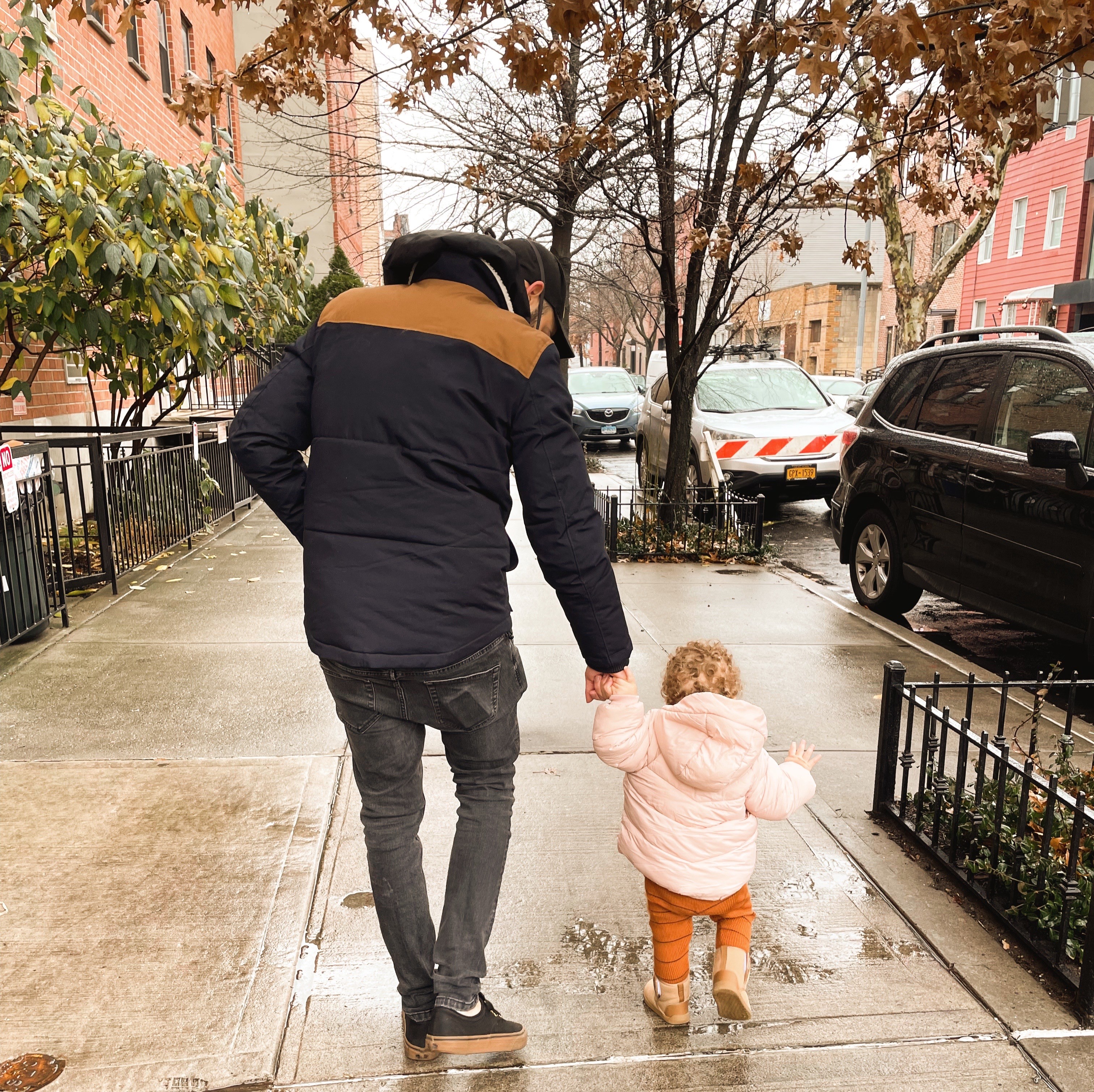
(Erez Bar Am with his daughter)
How do you think the pandemic impacted how families thought about baby products?
The pandemic accelerated changes that were already in progress in all industries and shined a light on them. It forced people to reevaluate their priorities. A big focus was put on the family and home. During the pandemic, we really had to LIVE in our spaces/homes. It’s funny to say, but I believe we used to just VISIT them. We started to ask; do we need everything we have? What do I want around me? How do I want my surroundings to look? Post pandemic, people want baby products that complement their sense of style, they don’t want their “safe space,” their sanctuary, to turn into a kid’s playroom just because it’s cheaper.
Start-up mindset, more discerning shoppers -- how do you take a category like baby products and continually position them for a refresh to meet new demands?
We do a lot of research trying to understand our consumers, looking at current and future trends. In our industry, there are “must have” items that all babies need, like a place to sleep, a way to feed, a way to move around, a way to clean your baby, etc. You might have noticed that I didn’t mention specific products. I think that’s where we can find new ways to reimagine different categories or the way we do things. When the team thinks about a new product, they start with understanding the real needs for the product or category, how it’s been done till now, and what’s the psychology behind it.
We look not only at our current consumer base but also at our future consumers. Who are they? What do they want for their future, what global or local events shape their opinions? What are they going through? All that allows us to brainstorm new concepts, design human-centric products, and select the right materials and finishes.
We try to lead categories, find new perspectives, develop or adapt new technologies. This is very similar to the start-up mindset. In a start-up you try to find new solutions or find white spaces to lead, to create something in a space where nothing existed before, or to do it in a way that was never done before.
TOMY will be 100 in a year. What significance does that hold for you?
Being part of a company that has been around for 100 years is humbling. It means they know a thing or two about how to adapt quickly to changes. They trust the people in the company to make big, bold moves and take calculated risks.
For me TOMY was always one of the top two toy companies I wanted to work for, and It makes me proud to think that I will be part of the team that leads the company to a new era when it turns 100 next year. I think we have a lot of work ahead of us navigating the new waters, but I’m excited about the direction we are taking and I know that there are great things to come.
Do you get to go back to Israel often? What do you miss most?
Unfortunately, we haven’t been able to go back to Israel as much as we would like to, first because we are new immigrants and trying to establish ourselves in the U.S., and second due to the pandemic that didn’t allow it. The thing we miss the most is family; we don’t have any family here and we feel the distance more since our daughter was born.
The other thing we really miss is the food! There is nothing like it here!
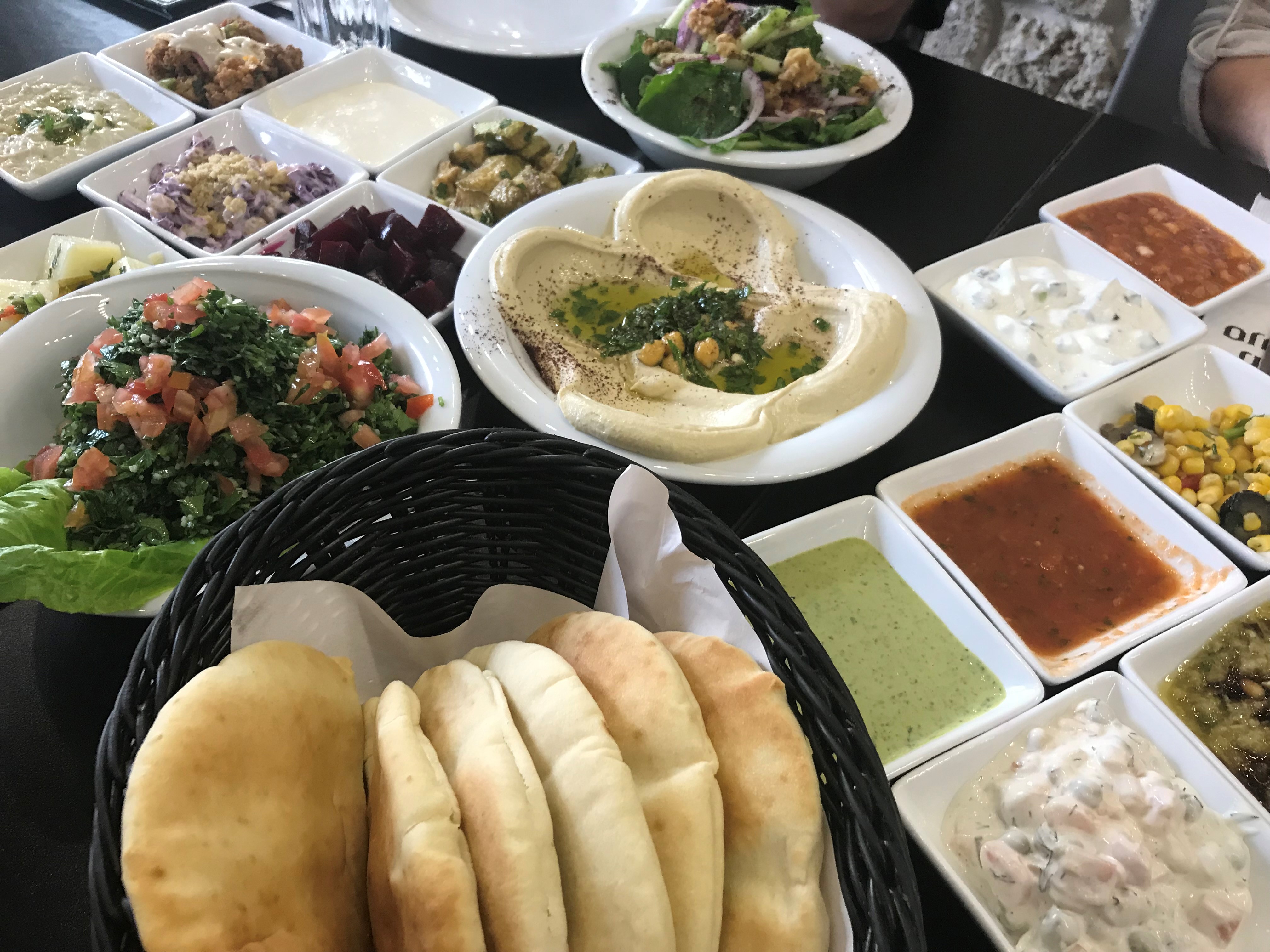

How do you stay inspired in your work?
I do a lot of research, watch cartoons, meditate, take long walks, dance, listen to music and try to make my daughter laugh. I try not to assume things; I ask questions and try to be empathetic to people’s experience. I cultivate a childlike curiosity about the world, and I don’t take life so seriously.
What are your favorite tech gadgets?
The funny thing is that with all the start-up experience and new technologies I research, I know I’m a very low-tech person; I don’t gravitate toward buying tech gadgets. My favorite products are ones that I connect with emotionally or have some clean, simple, smart way of operating. I believe that the smallest gesture in a great product can make all the difference.
Finish the sentence. In the next five years, I hope ...
To create some meaningful experiences, some long-lasting memories, and to spread some joy.

Recent Blogs
Recent Blogs

Biographies and Interviews
Catching up with Eric Olsen, The Inventor of Flip 7 and Co-Creator of Messy Table Games
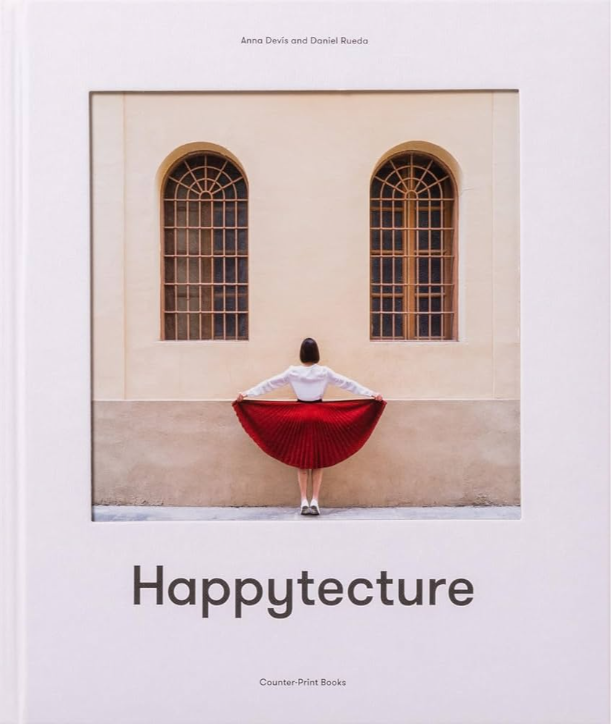
Reviews
Book Review: Happytecture by Anna Devís & Daniel Rueda
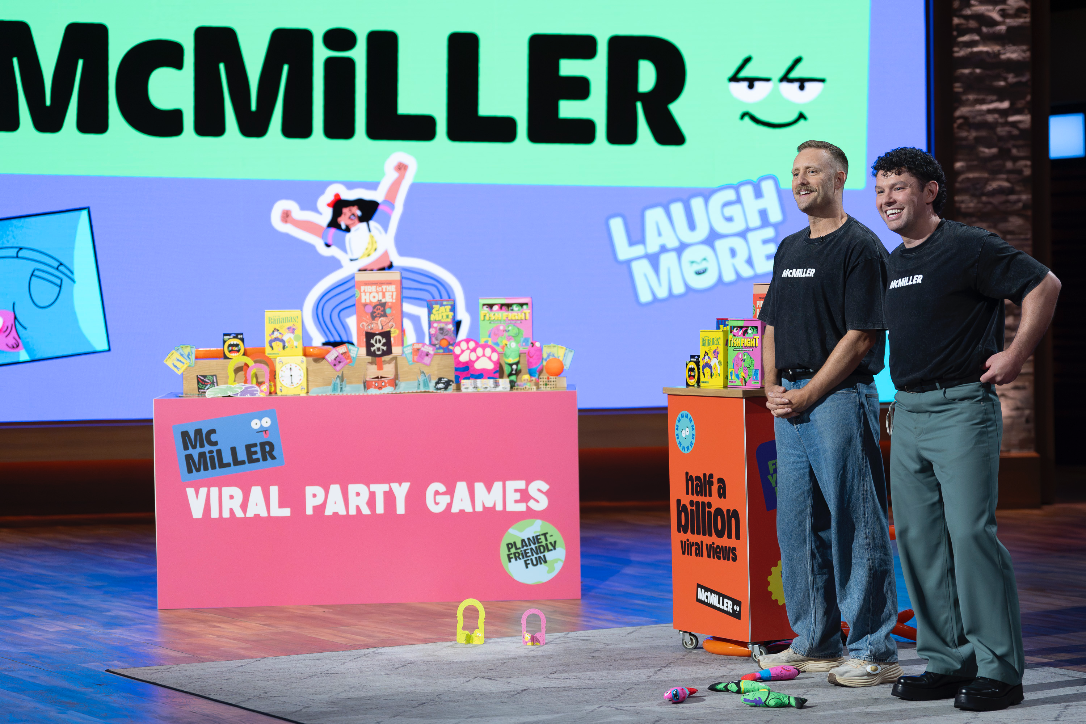
Biographies and Interviews
From Stage Lights to Game Nights: McMiller’s David & Julian on Shark Tank (Dec 10th), Viral Success & Building a Business With Your Husband
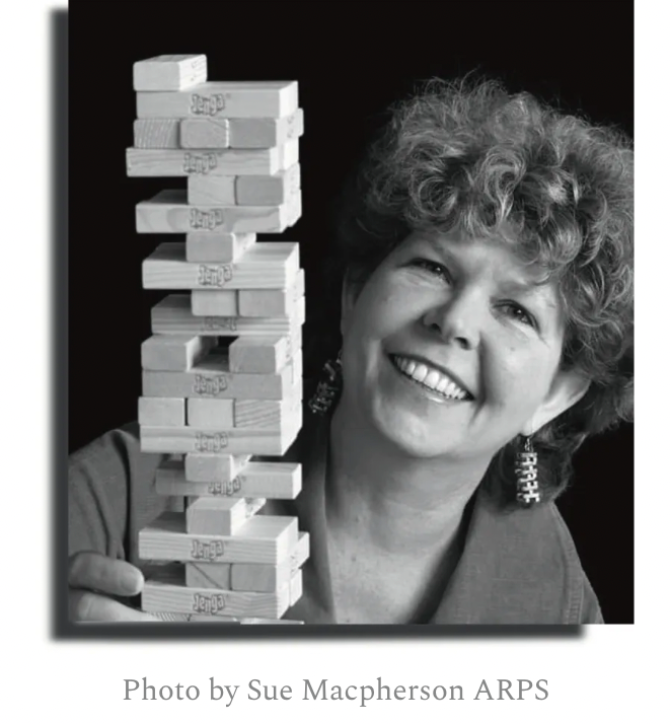
Press Release
Leslie Scott (creator of Jenga) announces the launch of BOUNDLESS PLAY
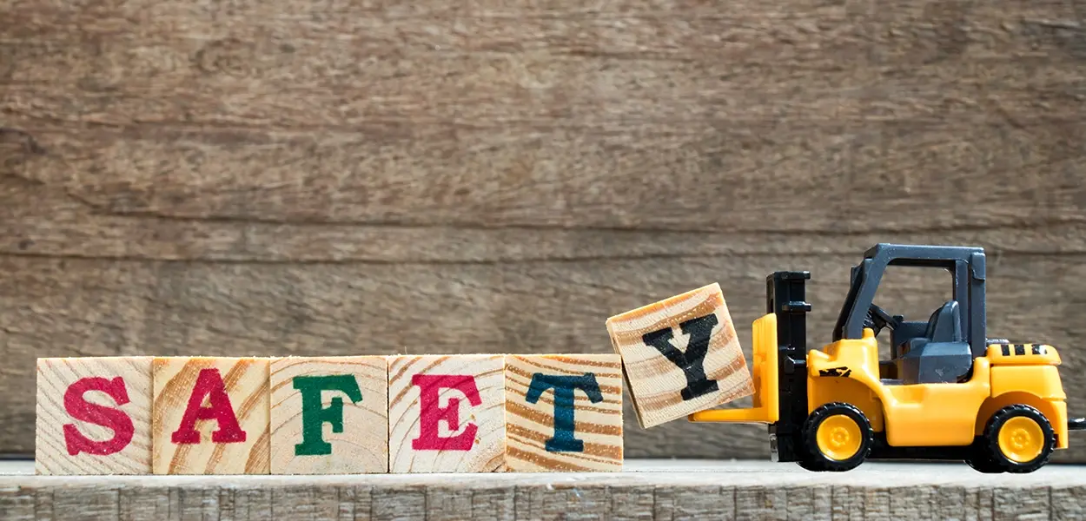
Press Release
New Study Highlights the Importance of Shopping from Trusted Toy Brands & Retailers this Cyber Monday
See more
Recent Wiki
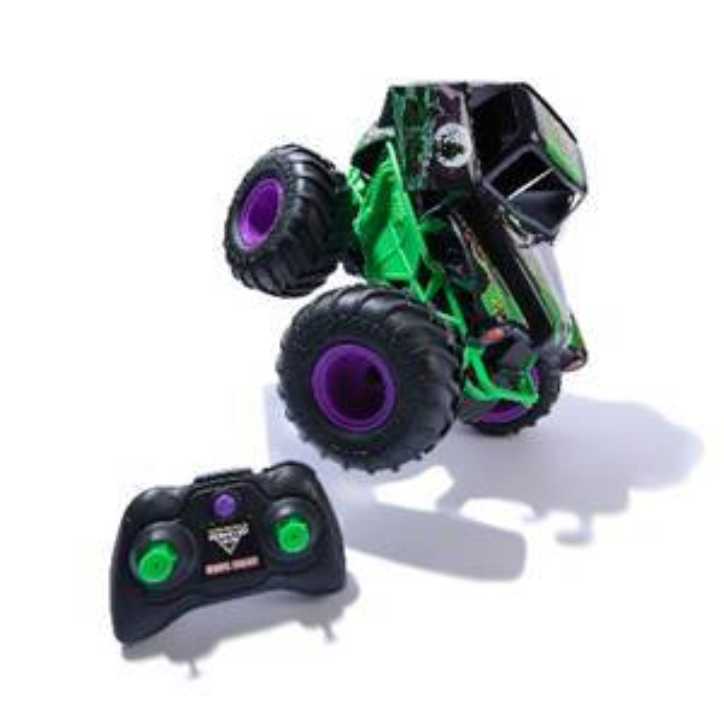
BOOK REVIEWS
Toy Review: Monster Jam Smash & Bash Grave Digger Monster Truck
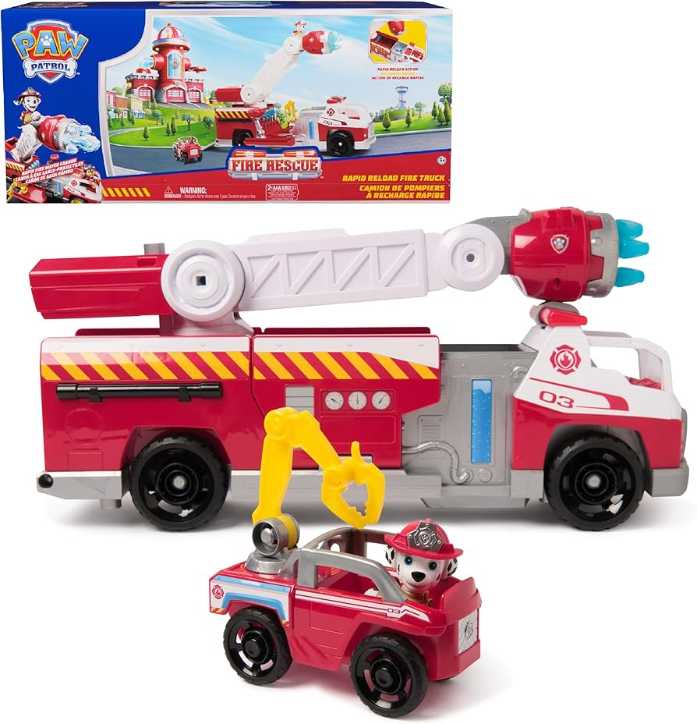
BOOK REVIEWS
Toy Review: Marshall's Rapid Rescue Fire Truck
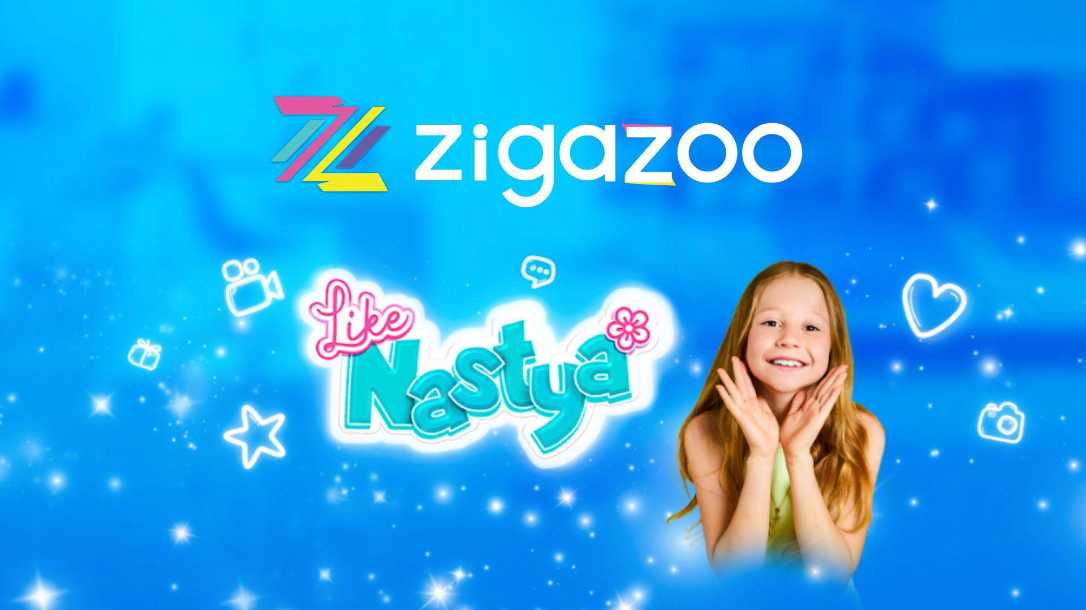
COMPANIES
Zigazoo Secures Partnership with YouTube Star Like Nastya to Inspire Millions of Kids
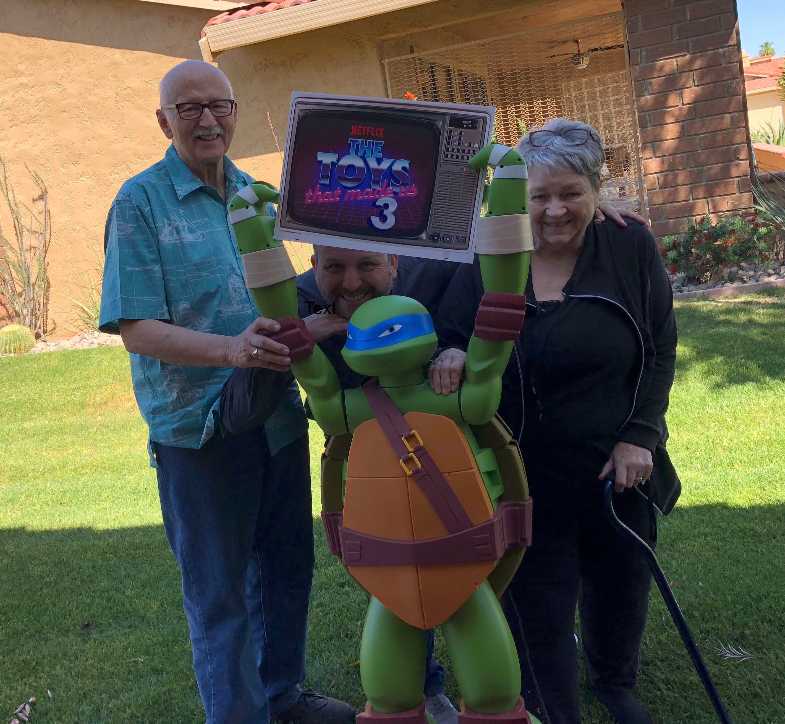
PEOPLE
A Legacy of Play: Inside the Carlson Family’s Multi-Generational Journey Through the Toy Industry
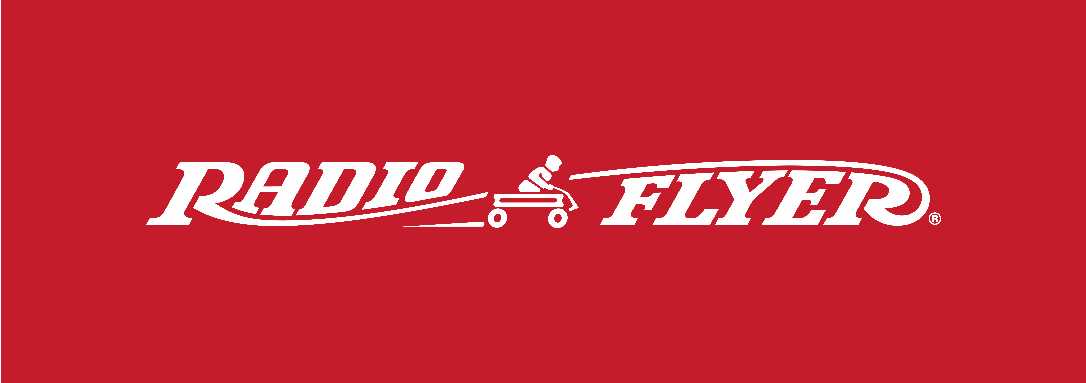
COMPANIES
Radio Flyer Studios Announces the Launch of its First Original Animated Series, Max & Maple: The Can-Do Kids
See more
POP's Got Talent

POP Entertainment
Randy Klimpert Shares his Ukulele Collection

POP Entertainment
Steve Casino Peanut Art

POP Entertainment
Everyone's Talking about POP!

POP Entertainment
Princess Etch - a Multi-Talented Etch A Sketch Artist

POP Entertainment
Joseph Herscher of Joseph' s Machines.
See more
Recent POPcast

Hidden Role: The Brains Behind your Favorite Games
Connie Vogelmann designed Apiary & Wyrmspan!

Hidden Role: The Brains Behind your Favorite Games
Bob Fuhrer... Is THE Crocodile Dentist!

Hidden Role: The Brains Behind your Favorite Games
Tom Dusenberry... Bought Atari, Wizards of the Coast, and Avalon Hill!

Hidden Role: The Brains Behind your Favorite Games
Matt Leacock created Pandemic... the game!

Hidden Role: The Brains Behind your Favorite Games
Scott Brown and Tim Swindle... are Launching a New Sport!
See more
POPDuos

POPDuos: Interviews with Legends and Leaders
POPDuo: Richard Dickson, Mattel’s President & COO, and Kedar Narayan, Young Inventor Challenge AMB

POPDuos: Interviews with Legends and Leaders
POPDuo: Will Shortz and Josh Wardle

POPDuos: Legends and Leaders Explore Creativity
POP Duo: Elan Lee, Co-Founder, Exploding Kittens.and Jeff Probst, Host and Exec Producer, Survivor

POPDuos: Legends and Leaders Explore Creativity
POP Duo: David Fuhrer, MNG Director, Blue Sq Innovations & Shawn Green, past Dodgers & Mets MLB Star

POPDuos: Legends and Leaders Explore Creativity
POP Duo: Bob Fuhrer, Founder, Nextoy and Tom Fazio, Golf Course Designer
See more






